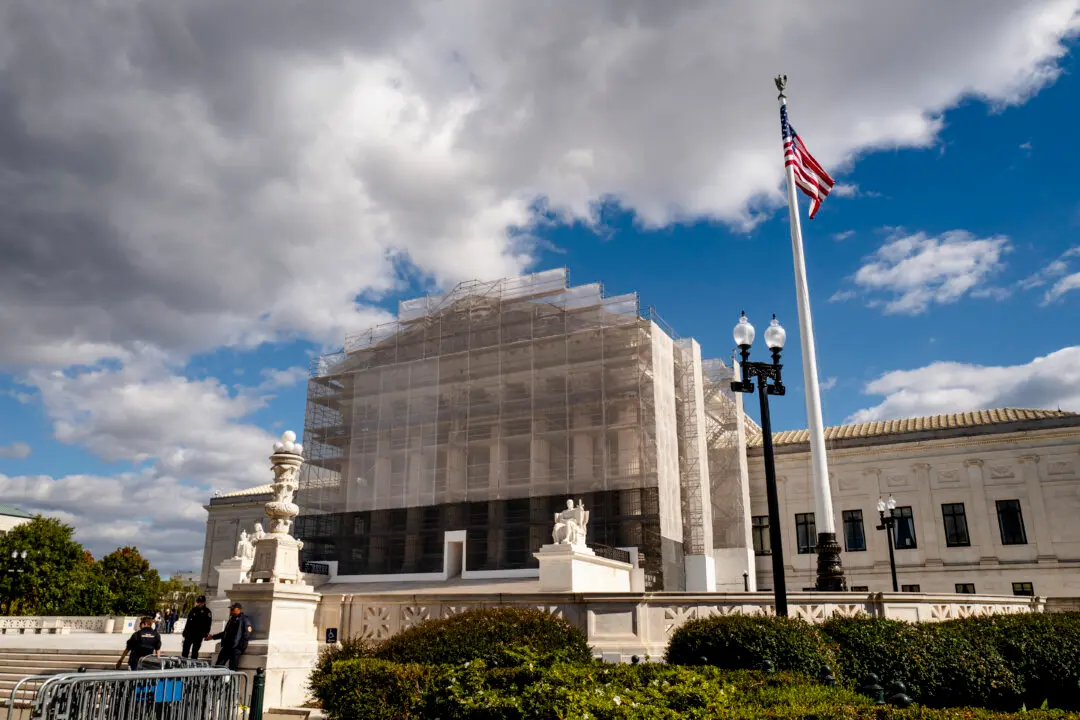Commentary
Leading Democrats have announced that they want a federal statute overruling state laws that restrict abortion. In other words, they want Congress to legalize nearly unrestricted abortion nationwide. Obviously, such a law would intrude into an area of social policy traditionally left to the states.





